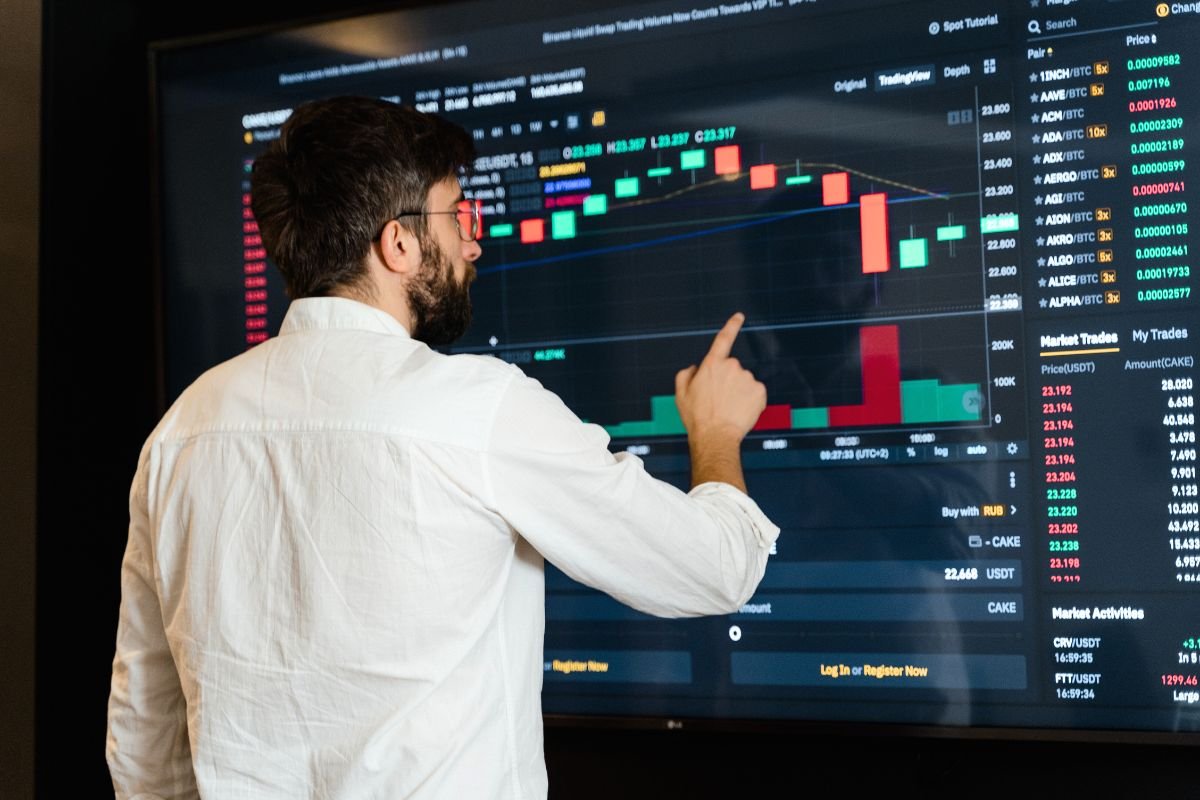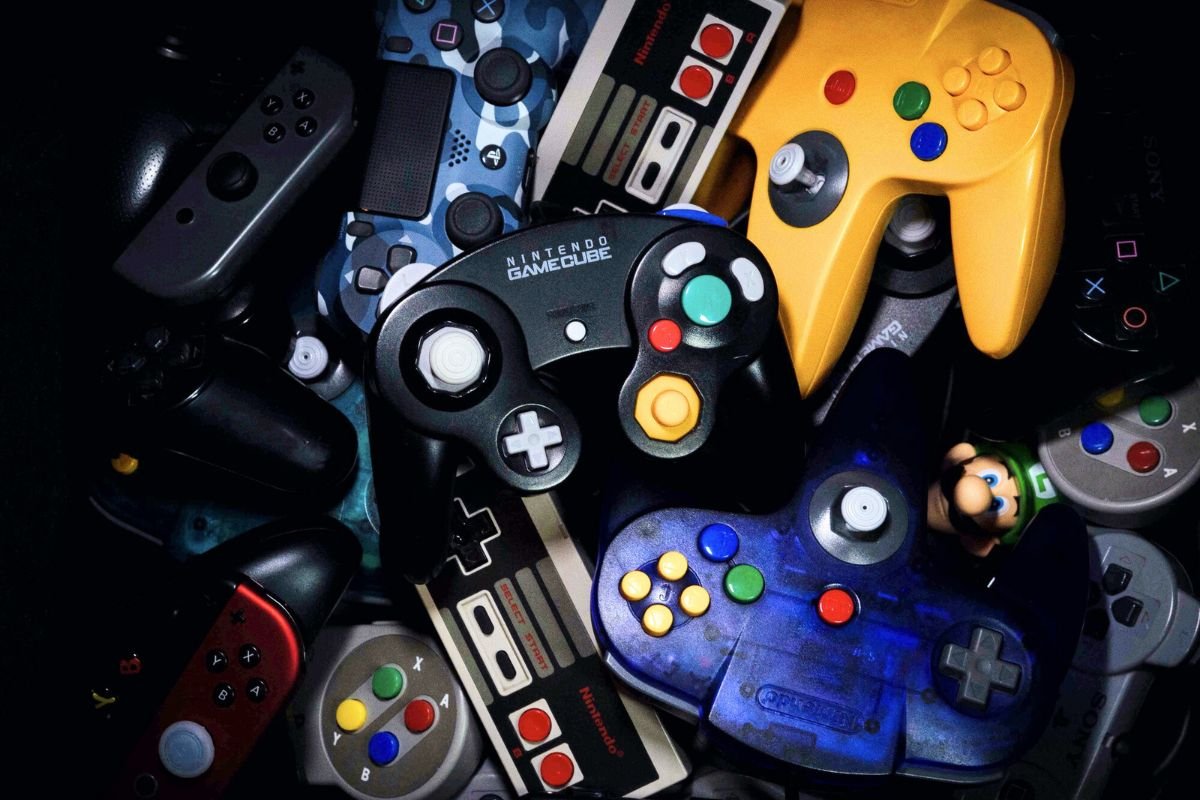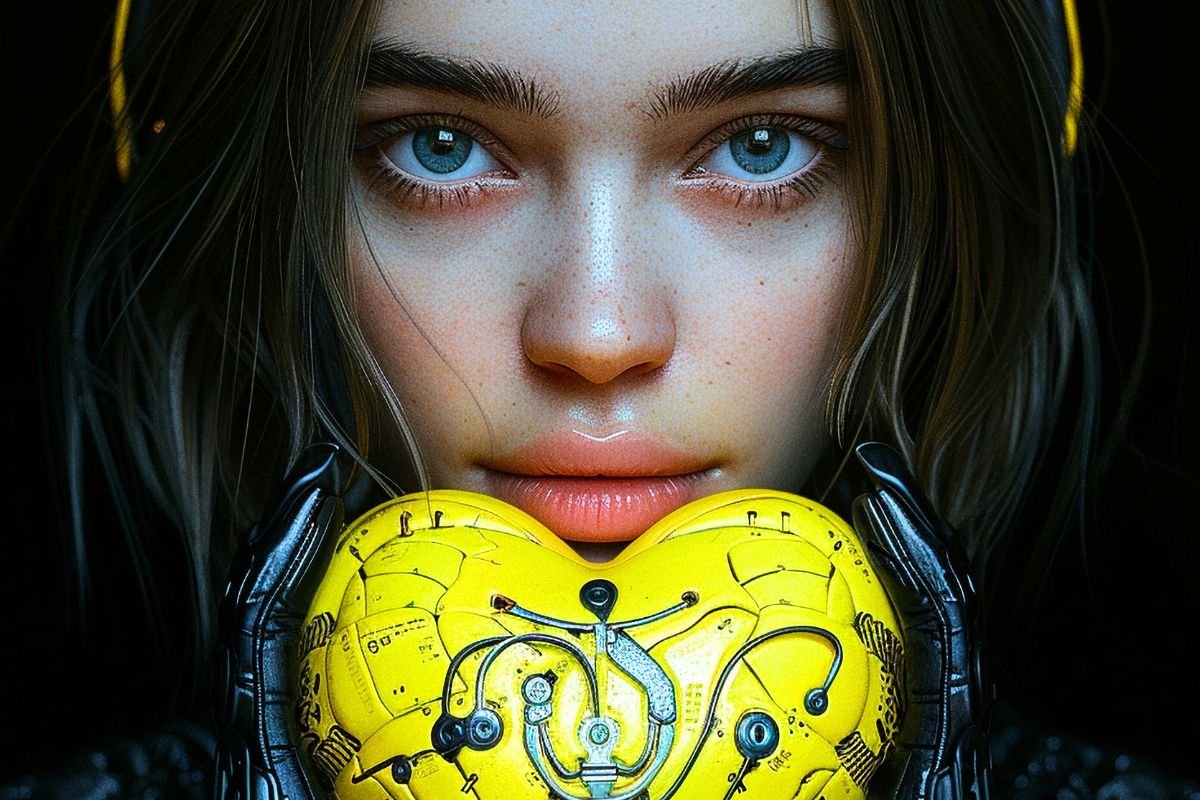In a sign of just how dramatically the technology landscape has shifted, Nvidia, often called the golden child of artificial intelligence, has reached unprecedented heights. Yesterday, the chip giant saw its market cap surge to an astonishing $4.165 trillion, opening up a gap between itself and Apple equal to the entire market value of Tesla.
Nvidia’s meteoric rise leaves Apple in the rearview mirror
Not long ago, Apple was the undisputed leader, famously the first company ever to hit market valuations of $1 trillion (2018), then $2 trillion (2020), and eventually $3 trillion (2022). But now, with Nvidia’s valuation reaching more than $4 trillion, Apple is trailing by a staggering $1 trillion. To put that into perspective, this gap is equivalent to the total market worth of Tesla, one of the most influential companies globally.
Apple’s stock has suffered a 16% drop this year, hampered by its slow progress in artificial intelligence and challenges stemming from its reliance on Chinese manufacturing for its flagship iPhones. Meanwhile, Nvidia continues to break records, powered by its cutting-edge GPUs, which have become indispensable for training sophisticated AI models such as ChatGPT.
Why GPUs like Nvidia’s Blackwell are reshaping the AI world
You might wonder why GPUs—graphics processing units—are suddenly so critical. Simply put, artificial intelligence, despite appearing to think or reason like a human, is fundamentally a massive computational exercise. These calculations, known as AI inference, involve rapidly crunching vast quantities of data using mathematical operations on matrices, vectors, and algorithms.
Unlike traditional processors (CPUs), GPUs feature thousands of specialized cores designed to handle enormous datasets simultaneously. This makes them perfect for managing the complex calculations required by large language models like those powering ChatGPT. Nvidia’s Blackwell GPU, in particular, has emerged as the go-to hardware for AI training and inference, propelling the company into uncharted territory in terms of market valuation.
Even on a personal level, I’ve noticed the impact. While editing videos or experimenting with AI-generated artwork, the GPU in my own computer transforms tasks that would normally take hours into matters of minutes—underscoring why Nvidia has become such a powerhouse on the stock market.
As Nvidia expands its lead, it’s clear we’re witnessing a fundamental shift: from devices we hold in our hands (like iPhones) to invisible chips driving the AI revolution. Whether Apple can close this gap or Nvidia’s rise signals a lasting transformation remains to be seen. One thing’s for certain, though: the era of AI dominance has truly arrived.



